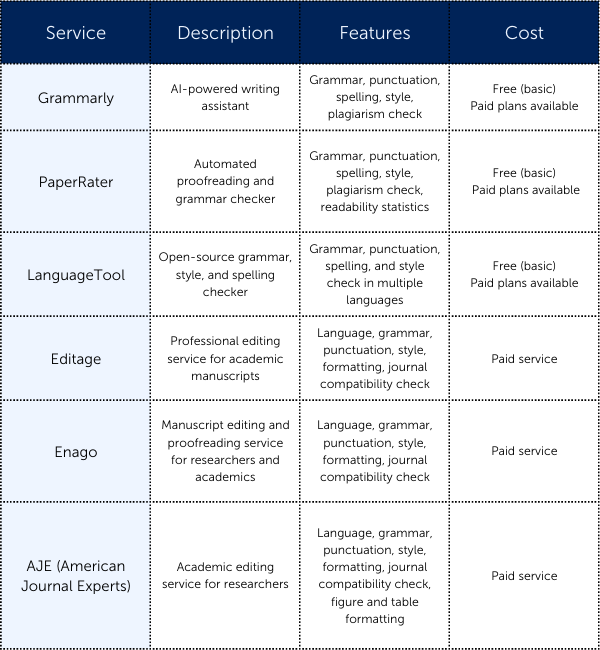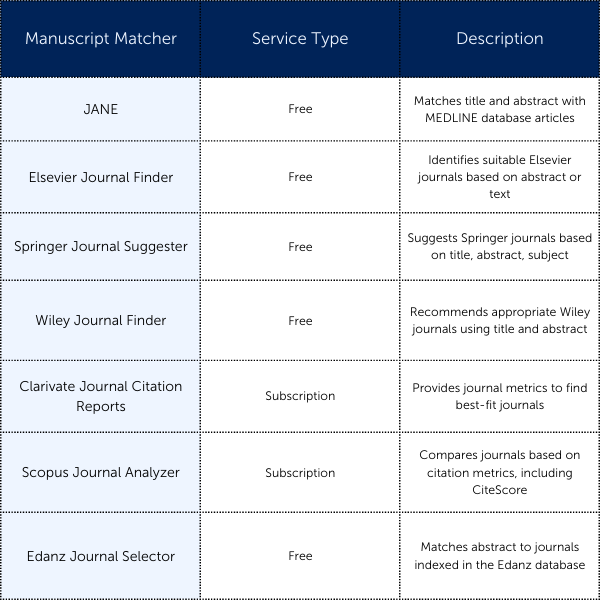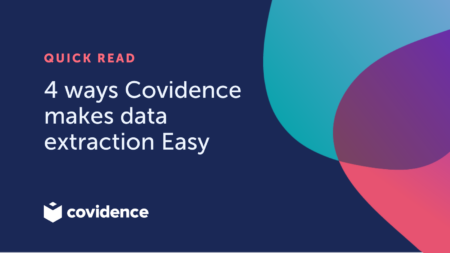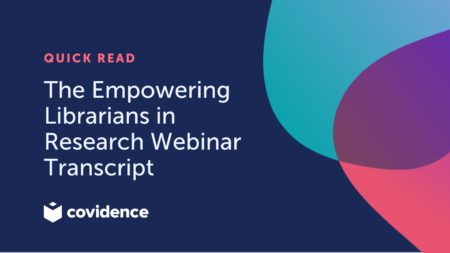Your manuscript is ready, so what's next?
Well done! You’ve finished your manuscript after investing countless hours and tremendous effort. However, your journey doesn’t stop here. As an avid medical neuroscience researcher and systematic review author during medical school and MBA procurement, I have developed my work from blank page to finished manuscript and on to publication. Along the way, I’ve learned about tools and services to make my workflow more efficient. Without further ado, let me tell you about my experience.
It’s time to submit your work for publication. I recall the excitement after completing my first manuscript, receiving positive feedback from my mentors, and hearing them say, “Now go ahead and submit it.” In this article, I’ll walk through the steps following the completion of your manuscript, from editing and proofreading to seeking publication and promoting your work.
Edit and proofread
After finishing your manuscript, thoroughly editing and proofreading your work is essential to ensure its quality and readability. Begin by carefully reading your manuscript multiple times, identifying inconsistencies, inaccuracies, and opportunities to improve your prose. Next, ask a trusted group to review your manuscript and offer constructive criticism. Beta readers can pinpoint areas in need of improvement or clarification. Even now, when I write manuscripts, my supervising neurosurgeon sends them to colleagues for an initial review. Consider hiring a professional editor to polish your manuscript, keeping in mind the varying costs. Editors come in various forms, including developmental editors, copyeditors, and proofreaders, each focusing on specific aspects of your work. Table 1 (below) shows a selection of manuscript editing services with their key characteristics.
Table 1: Manuscript editing services

Choose your publishing route
There are two main routes for publishing your work: traditional and self-publishing. Consider the pros and cons of each method before determining which is best for you.
Traditional publishing involves working with a publishing company responsible for producing, distributing, and marketing your work. The process usually starts with making a list of the companies who publish work in your field and deciding which ones to target. Table 2 (below) lists some manuscript matching services for authors targeting journal publication.Self-publishing gives you creative control and allows you to maintain copyright of your work. Often, non-peer-reviewed manuscripts can be uploaded to various websites or blogs. Using this method, you’ll be responsible for every aspect of publishing, including marketing and promotion.

Create a cover letter or book proposal (traditional publishing)
If you opt for traditional publishing, you must write a cover letter or book proposal to pitch your manuscript to the journal or publishers. A cover letter is a one-page pitch for your manuscript, emphasizing its unique aspects, and showcasing your writing style. Include a brief synopsis, target audience, and relevant credentials or writing experience. A book proposal is a more comprehensive document offering an overview of the manuscript’s content, market analysis, author bio, and sample chapters.
Format and design your manuscript
For traditional publishing, your publisher will provide guidance on the required submission format and you should follow this carefully. If you opt for self-publishing, you’ll need to handle all your manuscript’s formatting and design aspects. Software like Ulysses makes this process easier but comes with a learning curve to understand the whole submission process. Ensure your manuscript is formatted correctly for upload to your chosen platform. It’s also important to acquire a DOI for the publication or self-create using a self-indexing website or database and register your work for copyright protection.
Publish and distribute
Once your manuscript is polished and ready for the world, it’s time to publish and distribute it.
In traditional publishing your journal editor or publisher will manage your work’s production, distribution, and marketing. Be prepared to collaborate closely with them throughout the process, as you may need to revise your manuscript based on editorial comments and suggestions for revisions. If you opt for self-publishing, you will need to upload your work to an e-book retailer.
Market your manuscript
Regardless of the publication route, marketing your manuscript is crucial for its success. You can build an author platform using a professional website and engage with your readers on social media platforms. Reviews and comments are useful for promotion so encourage readers to leave thoughts on ResearchGate or LinkedIn comments, for example. Sometimes other authors may critique a published article by submitting letters to the editor. You must respond to such queries promptly and thoughtfully to maintain the integrity of your original work.
In conclusion, submitting your manuscript for publication involves several crucial steps, from editing and proofreading to selecting a publishing route and marketing your work. As you navigate this path, remember that the journey may require patience and perseverance. Dedicating the necessary time and effort to each stage increases the likelihood of your manuscript’s success and ensures it reaches a broad audience.
Once done, well-deserved congratulations will be in order. Good luck!
Are you interested in becoming a Covidence Student Ambassador? Contact our Community Team (support@covidence.org) for more information.



